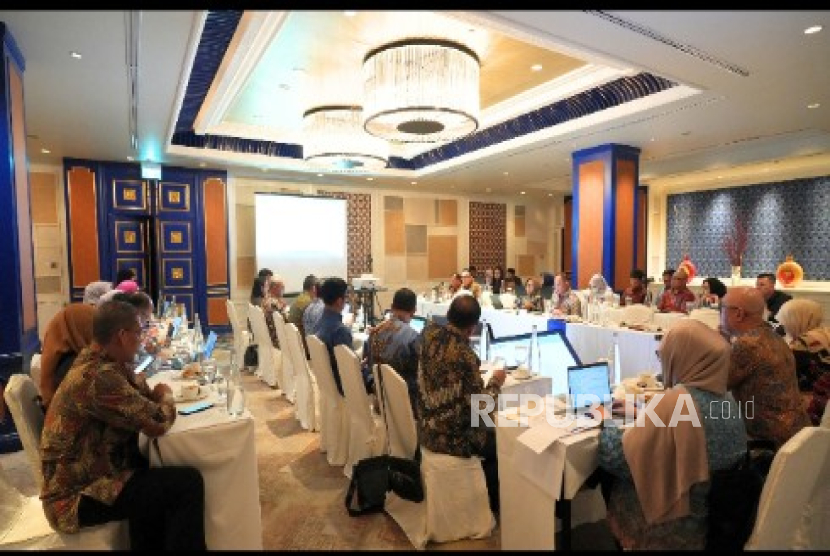Indonesia's Poverty Rate Falls, But Inequality Rises: LPEM FEB UI
Several regions in Indonesia show high levels of inequality albeit the poverty rate is declining.

TEMPO.CO, Jakarta - The Institute for Economic and Social Research () at the Faculty of Economics and Business (FEB) at the University of Indonesia (UI) lamented that the decline in Indonesia's poverty rate has not been accompanied by improved equality.
LPEM FEB UI researcher, Muhammad Hanri, emphasized that inequality remains a serious issue in the country. "Although the trend of reduction continues, the unequal distribution of income remains a serious problem that needs attention," Hanri stated in the LPEM FEB UI "Labor Market Brief" report published on February 3, 2025.
He explained that the percentage of Indonesians living in poverty is 8.57 percent, or approximately 24.06 million people, based on data from the Central Statistics Agency (BPS) as of September 2024. This represents a decrease from 25.22 million people in March 2024 and 25.9 million people in March 2023.
However, he pointed out that inequality indicators in Indonesia have actually worsened. He used the Gini Ratio from the BPS to measure income inequality.
On the Gini Ratio scale, 0.0 represents perfect equality, while 1 indicates complete inequality. A value closer to 1 means a higher level of income inequality within a region.
Indonesia's Gini Ratio was 0.381 in September 2024. This is a slight increase of 0.002 points compared to 0.379 in March 2024, although it remains lower than the 0.388 recorded in March 2023.
According to Hanri, several regions in Indonesia show high levels of inequality. These include Jakarta (0.431), West Java and Yogyakarta (0.428), South Papua (0.424), and Gorontalo (0.413).
"This condition indicates that the economic growth in these regions is not evenly distributed, with the majority of income concentrated in certain groups of society," Hanri explained.
He suggested that this disparity could be caused by the dominance of certain sectors within the economy. "For example, plantations and mining, where the economic benefits are more enjoyed by large companies than local workers," Hanri concluded.
Editor’s Choice:
to get the latest news updates from Tempo on Google News




















